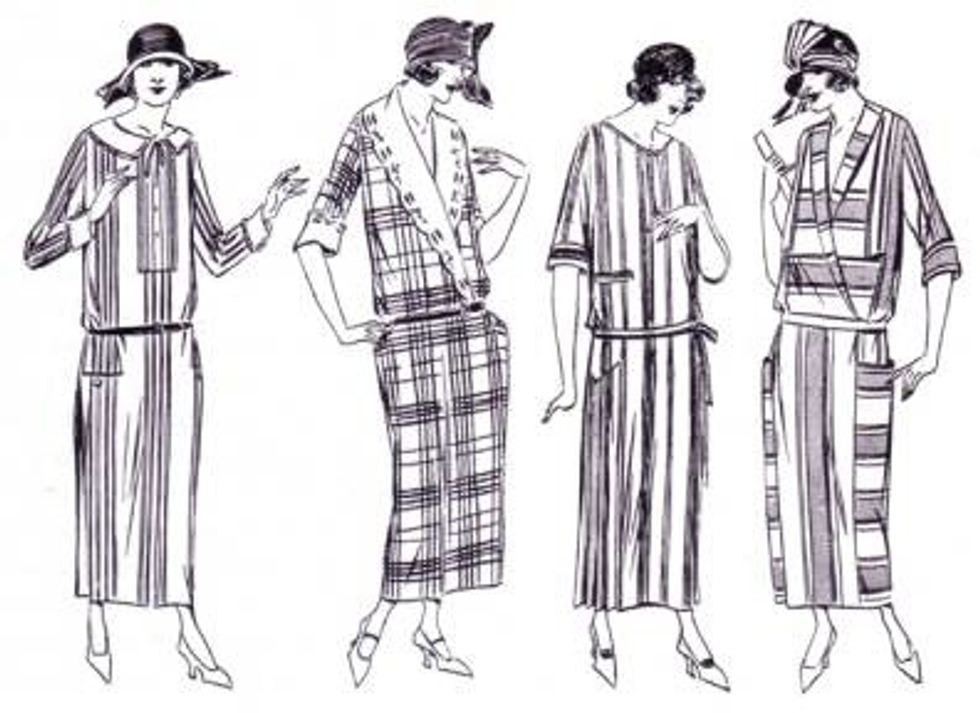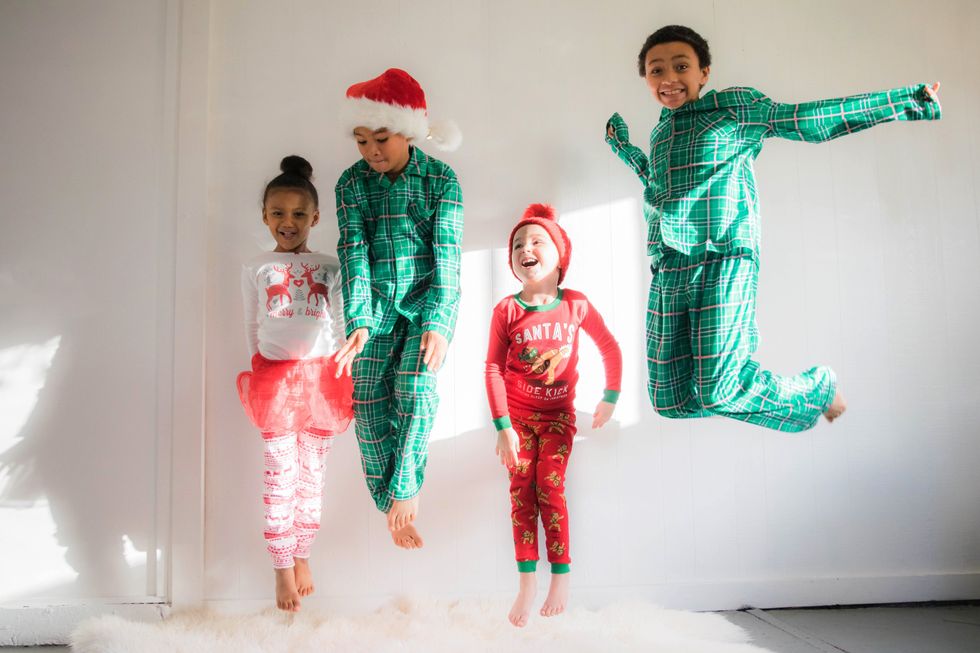The 1920s was the era of rebellion against the social norms of that time. The American youth felt liberated and desired to create their own culture, this reflected in the way they dressed. Their style of clothing was a complete change from the restrictive style of the Victorian and Edwardian periods.
Men started wearing less formal and athletic clothing or sportswear which became a part of the roaring 1920s fashion.
The 1920s was an interesting time to be a woman; there was a fashion revolution in women's clothing, and young women rejected the restrictive corsets, long dresses. Women's clothes were shorter and looser which provided freedom of movement for them, and also they tried to look younger by wearing clothes that did not emphasize women's curves, and make their bodies smaller.
The 19th Amendment, which granted women the right to vote, was a liberating experience for most women, this influenced their fashion style as young women were dressed in ways that defiled the traditional style. The 1920s was also an era of economic prosperity, a time the middle class became affluent. With these came more expendable income and this reflected in the kind of lifestyle they lived, glamorous, and their flamboyant style of dress. Another great influence of the fashion revolution was World War I. During the war, not only was there a shortage of food, clothing supplies were hard to get hold of. The hemline of skirts was reduced, old clothes had to be readjusted to make new ones, women began to put on looser clothes. As men went off to fight in the war, women stepped in to fill the vacant roles at work left by the men. Women's clothing changed with their new roles in society. Clothing styles changed along with these new attitudes. The restrictive corsets and long dresses got shorter and looser, while men wore more suits and less stuffy formal wear.
The 1920s was also called the Jazz Age, it was a time Jazz music became popular, young men and women wear gathering in clubs to enjoy music and dance. For women, this meant wearing clothes that were loose with shorter hemline to enable freedom of movement, flappers emerged. They are identified by their unconventional dressing, hairstyle, their heavy makeup, and their lifestyle. Young women wanted to look like a boy with flat-chests, they began working out to achieve a slender body. During this period, smoking became popular amongst women as cigarettes were marketed as an appetite suppressant.
Women's fashions were influenced by designer Coco Chanel, who led the flatter trend, and popularized trousers for women. Movie stars also influenced fashion, a lot of people copied the styles of these stars. These women wore styles with undefined hemlines and straighter, flowing dresses. Film actress, Colleen Moore made the bob hairstyle popular. The bob was her signature hairstyle and since young women were adopting the lifestyle of actresses, they copied the hairstyle. Men were influenced by people such as Charles Lindbergh and F. Scott Fitzgerald































